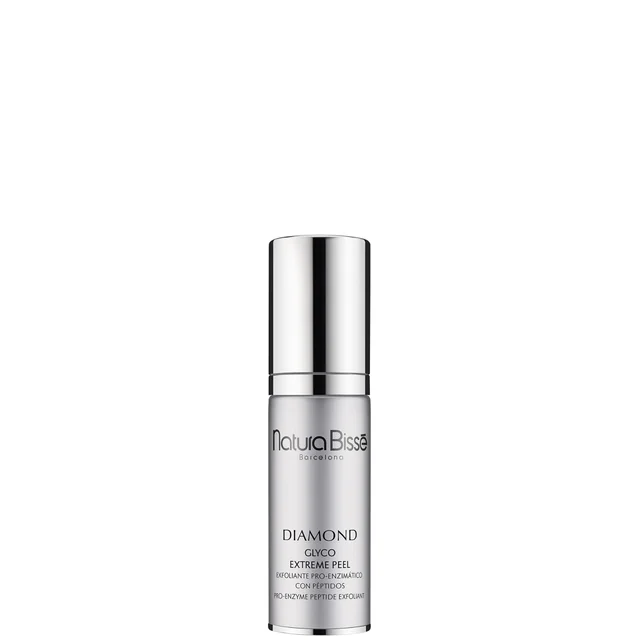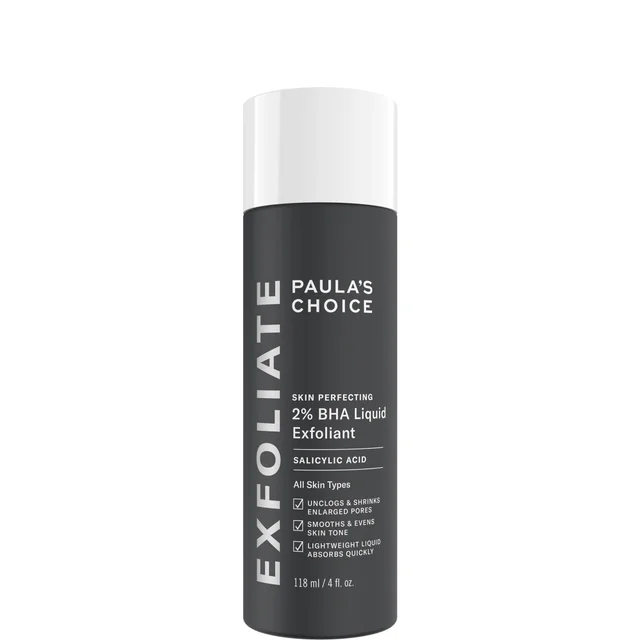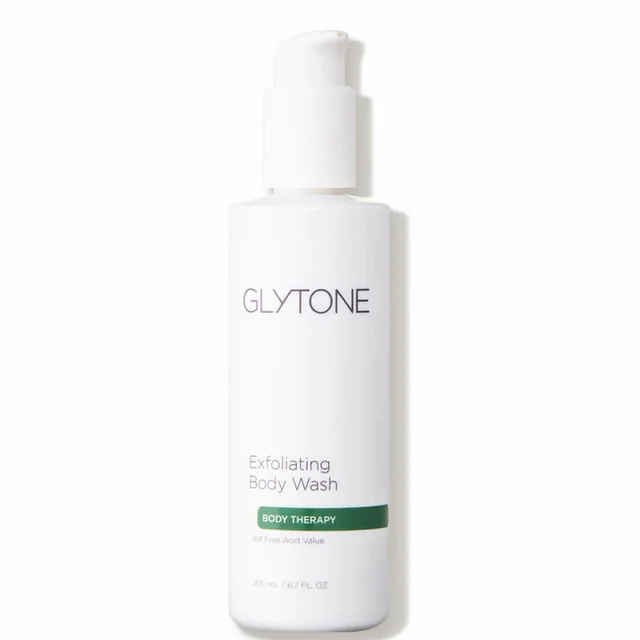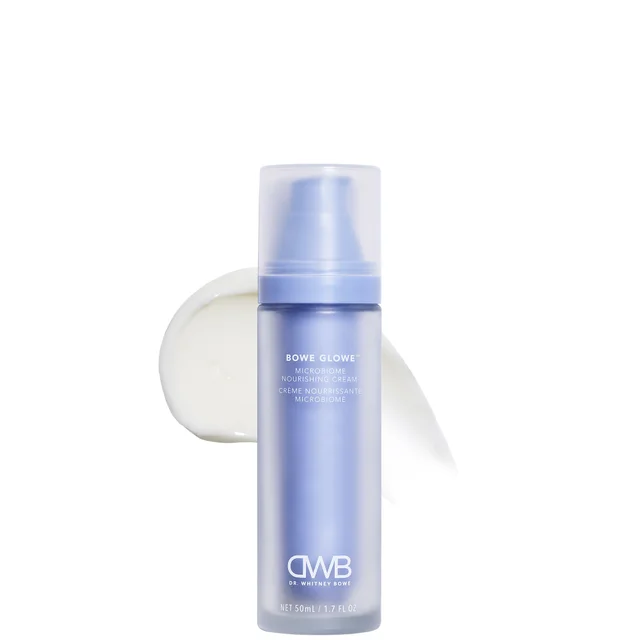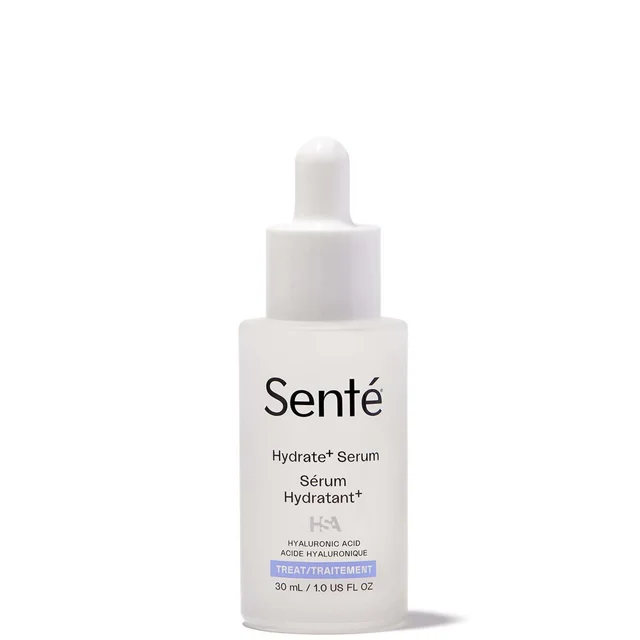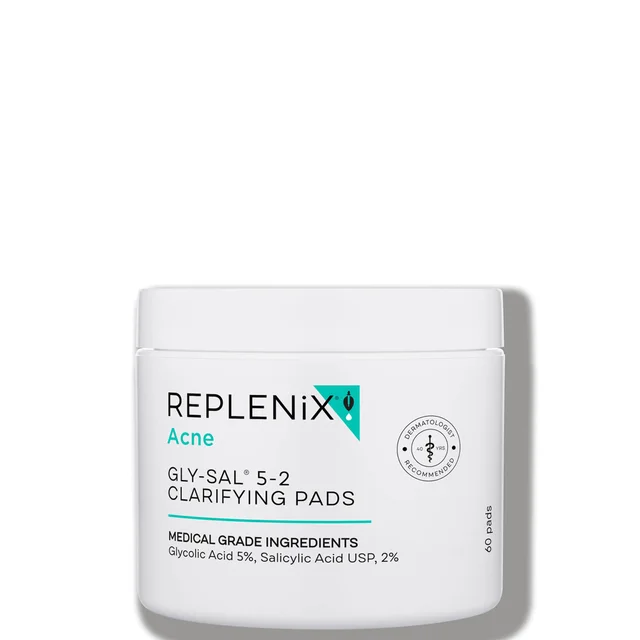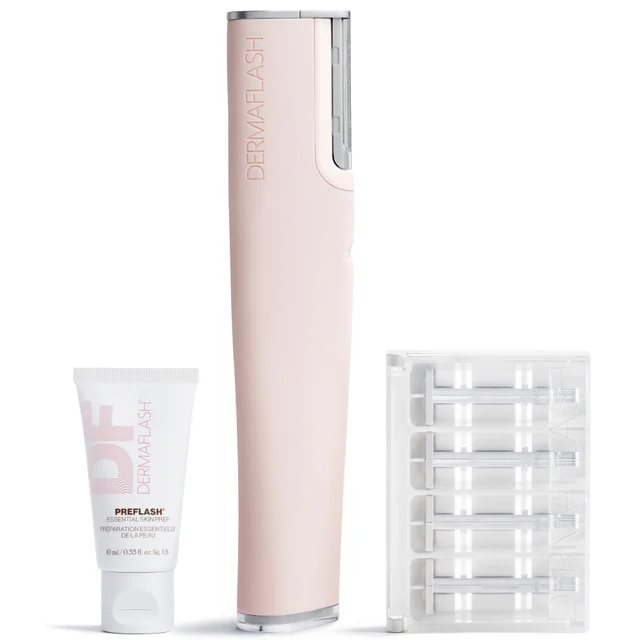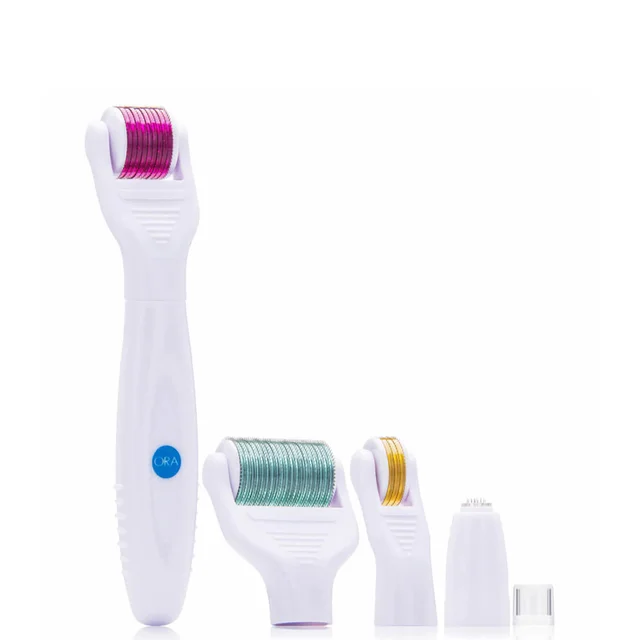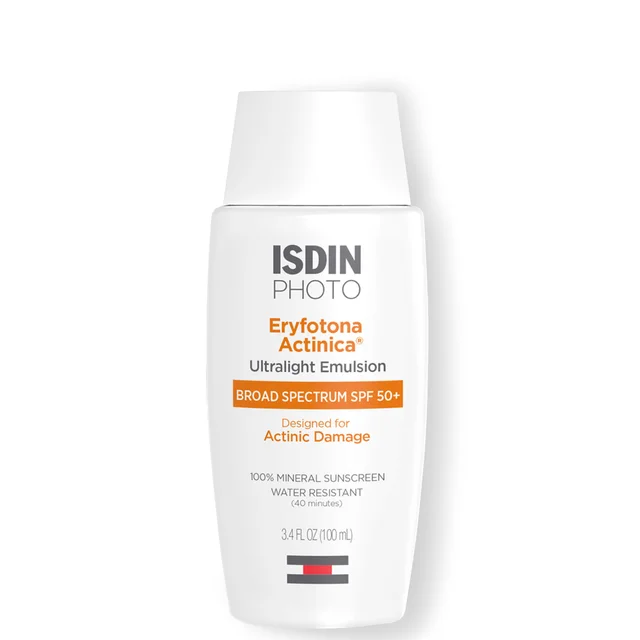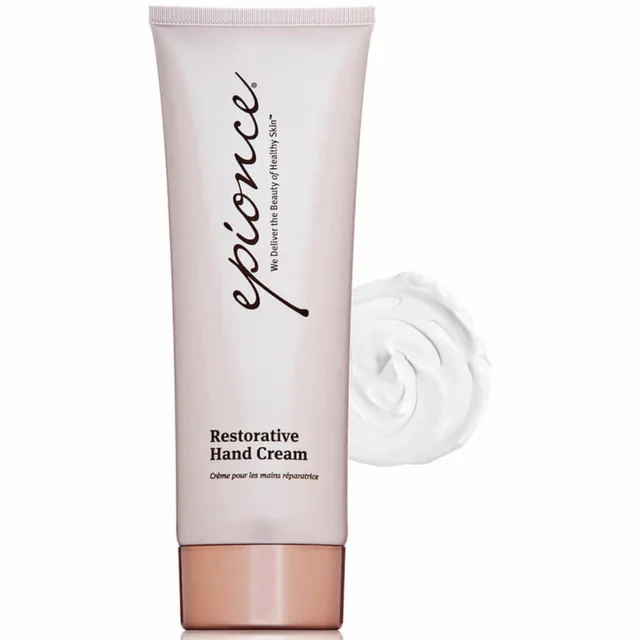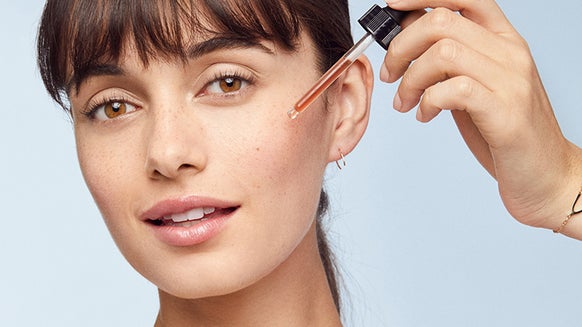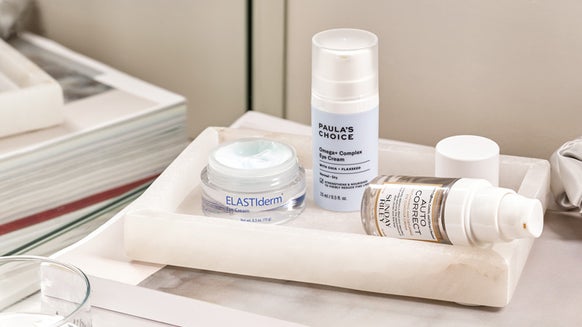12 Ways on How to Get Smooth Skin in 2025
Smooth skin doesn’t just happen overnight. Considering all the factors that can put a damper on your complexion, achieving soft, youthful, and blemish-free skin requires more than just good genes. But while achieving that flawless look isn’t exactly a walk in the park, it’s not at all impossible. With the right products, proper and consistent application, and an at-home device or two, you’ll be well on your way to rocking your smoothest skin ever. Want to know more? Keep reading for our top tips and tricks on how to get smooth skin and preserve your complexion’s natural glow and vitality.
Tips for How to Get Smooth Skin
1. Wash your face twice daily
Skincare routines can vary from one person to another, but they all start the same way: cleansing. Washing your face in the morning and at night ensures that all of the day’s dirt, oil, impurities, and product residue don’t sit on your face, which can eventually lead to clogged pores and a dull complexion. Opt for a gentle face wash that prioritizes your skin type and needs above all else. Better yet, reach for a formula that already comes with skin-renewing AHAs and BHAs to give your skin a head start in the gentle exfoliation department, on top of keeping it thoroughly cleansed.
Featured Product: SkinMedica AHA/BHA Exfoliating Cleanser
A smoother and brighter complexion starts with this cleanser that makes sure your skin is free of excess oil and debris while delivering exfoliating benefits with the gentlest acids, soothing inflammation, and imparting a refreshed and naturally glowing façade.
Key Ingredients: Lactic Acid, Glycolic Acid, Citric Acid, Malic Acid, Salicylic Acid, Jojoba Oil, Lavender Extract
Skin Type: All Skin Types
Skin Benefits: Improves skin texture, tone, and smoothness; cleanses thoroughly; exfoliates gently
Beauty Insider Tip: To use, moisten skin with warm water before applying a small amount of the product with your fingertips. Cleanse the face using circular motions and rinse thoroughly with warm water.
2. Moisturize well
Moisturizing is one of the most basic skincare must-dos, but so many get it wrong simply because they’re not using the right formulations and ingredients for their skin type. Lightweight, water- or gel-based formulas are great for oily skin, while dry and mature skin are best nourished by richer and thicker creams. Keep an eye out for ingredients that support barrier function and promote a healthy microbiome, like pre- and probiotics, ceramides, and squalane.
Featured Product: Dr. Whitney Bowe Beauty Bowe Glowe Microbiome Nourishing Cream
This all-hits-no-misses moisturizer from world-renowned dermatologist Dr. Whitney Bowe is all about nourishing your complexion from the surface all the way to the deeper layers of your skin. With its luxurious formula that doesn’t feel heavy on the skin, it deeply hydrates the skin while promoting a balanced skin microbiome, leaving your skin with a more luminous, younger-looking, and smoother appearance.
Key Ingredients: Squalane, Ceramides, Hyaluronic Acid, Pre- and Postbiotics
Skin Type: Dry, Mature, Sensitive
Skin Benefits: Strengthens the skin barrier, reduces fine lines, deeply hydrates, balances the skin microbiome
Beauty Insider Tip: This moisturizer is clinically proven to improve barrier function and promote a healthier skin microbiome within one hour of use.
3. Add a hyaluronic acid serum
Hydration is an essential component of smooth, healthy, and glowing skin, and hyaluronic acid—which can hold up to 1,000 times its weight in water—is the quickest and most effective way to drench your skin with much-needed moisture. It also imparts a plumping effect to the skin, helping to instantly fill in lines and creases and leaving you with a smoother, more even complexion.
Featured Product: SENTE Hydrate+ Serum
The savior of skin that never seems to get enough water, this hyaluronic acid serum floods the skin with intense, multi-level, instant, and long-term hydration—all thanks to its combination of powerhouse hydrators, featuring the brand’s patented Heparan Sulfate Analog and four forms of low-to-high molecular weight hyaluronic acid, that delivers maximum skin nourishment and comfort.
Key Ingredients: Heparan Sulfate Analog (HAS), Hyaluronic Acid
Skin Type: All Skin Types
Skin Benefits: Hydrates all layers of the skin, improves skin barrier function, soothes irritation, delivers instant and long-term hydration
Beauty Insider Tip: Apply this serum morning and night before moisturizers. This soothing serum is also perfect to use immediately after non-ablative procedures.
Related Article: A Definitive Guide to Hyaluronic Acid, According to Beauty Experts
4. Choose a good vitamin C Serum
As a superstar antioxidant, nobody can argue vitamin C’s elite status. Its long list of benefits includes brightening dark spots, discoloration, and hyperpigmentation, boosting collagen production to counter signs of aging, and protecting the skin against free radicals. Needless to say, it’s an absolute must in your daily skincare routine. To get the most of its skin-smoothing and anti-aging benefits, look for a formula with a high concentration of stable vitamin C.
Featured Product: iS Clinical Super Serum Advance Plus
Say goodbye to scarring and discoloration and welcome smoother, healthier, younger-looking skin. Featuring time-released l-ascorbic acid and natural ingredients that promote healing and repair, this treatment serum effectively tackles stubborn scarring, stretch marks, and uneven pigmentation while nourishing, protecting, and comforting the skin.
Key Ingredients: L-ascorbic Acid, Copper Tripeptide Growth Factor, Hyaluronic Acid, Arbutin, Amino Acids, Centella Asiatica, Zinc Sulfate
Skin Type: All Skin Types
Skin Benefits: Heals and repairs sun damaged skin, refines the appearance of stretch marks and scar tissue, improves uneven pigmentation and acne, protects against free radicals and environmental damage
Beauty Insider Tip: Apply a small amount of this face and body serum over face, neck, and other areas where scarring and stretch marks are present.
5. Renew and exfoliate
Exfoliation removes dead skin cells, excess oil, and debris that can lead to dull and textured skin, clogged pores, blackheads, whiteheads, and breakouts. Regular exfoliation—two to three times a week, depending on your skin’s tolerance—with gentle AHAs and BHAs can help keep your skin smooth and blemish-free by sloughing away dead skin cells and melting the glue-like substance that binds them to your skin, preventing acne and minimizing the appearance of pores along the way. It also supports skin cell renewal by stimulating its natural regeneration process.
Featured Product: Eminence Organic Skin Care Strawberry Rhubarb Dermafoliant
Formulated with the gentlest exfoliating acids, potent antioxidants, and hydrating and nourishing botanicals, this exfoliant allows you to enjoy brighter, smoother, and more refined skin by removing impurities and excess oil without ever having to worry about irritation and harsh ingredients.
Key Ingredients: Lactic Acid, Botanical Hyaluronic Acid Complex, Green Tea, Vitamins A, C, E, Salicylic Acid, CoenzymeQ10
Skin Type: All Skin Types
Skin Benefits: Gently removes surface impurities and excess oil, promotes smoother and radiant complexion
Beauty Insider Tip: This exfoliant boasts of a vegan and soy- and gluten-free formula.
Related Article: How to Exfoliate Your Skin Properly for a Smooth Complexion
6. Fight and prevent acne
Acne and the trail of scars and blemishes it leaves behind can make achieving smooth skin seem like a herculean task. Make sure to have an acne treatment ready to prevent pimples from lingering longer than they need to and reduce the chances of future breakouts. Mild to moderate acne can be addressed with over-the-counter treatments with salicylic acid, benzoyl peroxide, retinoids, and azelaic acid. Take note, however, that most of these ingredients shouldn’t be applied at the same time, so use them as directed to avoid irritation. And no matter how tempting it gets, fight the urge to pick at those pesky zits to prevent scarring.
Featured Product: Replenix Gly-Sal 5-2 Pads
Blackheads, whiteheads, and breakouts don’t stand a chance against these medicated skin-renewing pads. Soaked in medical-grade glycolic and salicylic acids, these treatment pads work hard to unclog pores, speed up shedding of dead skin cells, and clear post-breakout blemishes and discoloration.
Key Ingredients: 5% Pure Glycolic Acid, 2% Salicylic Acid, Witch Hazel
Skin Type: Acne-Prone
Skin Benefits: Unclogs pores, encourages skin renewal and regeneration, clears and prevents future breakouts
Beauty Insider Tip: Start with one to two times a day application to prevent excessive drying, then slowly work your way up to two to three times daily or as directed by a physician.
7. Invest in a light therapy device
Skincare tools and devices often come with a steep price tag, but the results they deliver—and right within the comforts of home—make them worth every penny and even save you money over time. One of the best skincare investments you can make is a light therapy device, which uses a combination of red and blue light to stimulate collagen production, refine signs of aging, improve tone and texture, and target acne-causing bacteria. Just make sure to choose a high-quality, FDA-approved device that allows you to reap professional-level results with every treatment.
Featured Product: Deese Pro Express Mask
This non-invasive, FDA-approved LED treatment mask harnesses the power of red and near-infrared light, delivered at a safe, clinically proven dose, to stimulate the skin’s natural production of structural proteins and hyaluronic acid in just 10 minutes of treatment. The result? Visibly improved tone and texture and an overall rejuvenated appearance.
Skin Type: All Skin Types
Skin Benefits: Stimulates a natural cellular response; improves the appearance of fine lines, wrinkles, tone, and texture; enhances radiance; travel-friendly, USB chargeable, with a flexible design
Beauty Insider Tip: Use the mask two to three times a week for four weeks for a more intensive treatment plan and once a week to maintain desired results.
8. Try At-Home Dermaplanning
Dermaplaning is a procedure that can be safely done at home with the help of a professional-grade device. This technique involves gently scraping away dead skin cells and peach fuzz to reveal a smoother and brighter complexion.
Featured Product: DERMAFLASH Luxe+ Advanced Sonic Dermaplaning and Peach Fuzz Removal
Get rid of peach fuzz and complexion-dulling dead skin cells with this powerful dermaplaning device, which allows you to achieve professional results right at home—even if you have super sensitive skin! With two speeds to customize your treatment, it instantly smooths and softens your skin, allowing makeup to glide like silk and skincare to penetrate better.
Key Ingredients:
Skin Type: All Skin Types
Skin Benefits: Delivers superior exfoliation
Beauty Insider Tip: Worried all that hair will return with a vengeance? Fret not. This device boasts of clinical proof that hair will not grow back thicker or faster.
9. Consider Microneedling
Microneedling is a skin-smoothing procedure that stimulates collagen production and improves skin texture by creating tiny punctures in the skin with a dermaroller or a microneedling pen. You can choose to have it done professionally, but you can also recreate the procedure at home and achieve similar results with a professional-grade at-home microneedling kit.
Featured Product: Beauty ORA Microneedle Face Full Body Roller Kit
This all-in-one kit comes with interchangeable roller heads to suit all your microneedling needs, whether for your face, body, or small and delicate areas like your eyes and lips. Each roller head features super fine, medical-grade titanium needles that painlessly penetrate the skin to stimulate collagen and elastin production, leaving you with head-to-toe smoother, firmer, and younger-looking skin!
Skin Type: All Skin Types
Skin Benefits: Smooths tone and texture, enhances absorption of skincare products, interchangeable roller heads that target large to very small areas, pain-free with no side effects
Beauty Insider Tip: Apply your serums and creams after the needling treatment to take advantage of the absorption enhancing effects of these rollers.
10. Sunscreen All the Way
Sun damage doesn’t just cause sunburn, redness, and sensitivity, they’re also the number one cause of premature skin aging. Not only that, but overexposure to the sun can cause enlarged pores, pigmentation, and sagging. It can also lead to texture irregularities and make skin feel rough and leathery and appear wrinkly, thickened, or thinned. Arm your skin with a broad-spectrum sunscreen with at least SPF 30 before heading out (even if it’s gloomy or cloudy) and reapply every two hours. If you’re spending most of the day outdoors, switch to an SPF 50 water-resistant formula for better protection.
Featured Product: ISDIN Eryfotona Actinica Mineral Broad-Spectrum Face Sunscreen SPF 50+
Lightweight and quick to penetrate the skin, this all-mineral sunscreen is the perfect daily sun safety partner for your skin. Not only does it offer broad-spectrum SPF 50 protection, but it also features an innovative formula loaded with natural enzymes that reverse existing sun damage.
Key Ingredients: Zinc Oxide, DNA Repairsomes®, Vitamin E
Skin Type: All Skin Types
Skin Benefits: Broad-spectrum protection, fast-absorbing texture, proven results in reversing sun damage, invisible finish
Beauty Insider Tip: Apply the equivalent of two finger-lengths of the product 15 minutes before sun exposure and reapply every two hours.
11. Take Care of Your Hands and Feet
Smooth skin doesn’t just stop on your face and neck. Your hands and feet are even more prone to dryness and uneven texture, so make sure you’re nourishing them regularly with specially formulated creams, lotions, and balms to keep them soft and moisturized. Don’t forget to exfoliate weekly to get rid of dead skin cells that can clog pores and cause rough and thickened patches.
Featured Product: Epionce Restorative Hand Cream
Reward your hands with superb nourishment from this ultra-soothing hand cream that luxuriously nurtures the skin with natural oils and antioxidants, keeping dryness and environmental damage at bay while supporting the skin’s moisture barrier.
Key Ingredients: Organic Raspberry Seed Oil, Dimethicone, Shea Butter, Glycerin, Safflower Seed Oil, Meadowfoam Seed Oil
Skin Type: All Skin Types
Skin Benefits: Soothes dry skin, prevents dryness, strengthens barrier function, protects against sun damage
Beauty Insider Tip: This hand cream features a gluten-free and vegan formula and is free of fragrance, parabens, and sulfates that can dry or irritate skin.
12. Don't forget the rest of your body
Taking care of your body’s skin is just as important as pampering your face, so make sure you’re giving it all the TLC it needs to maintain its natural glow and silky feel. Avoid harsh soaps that can strip moisture and exfoliate with a gentle scrub once or twice a week. Keep your skin nourished with a rich lotion, oil, or body cream to prevent skin conditions like eczema and keratosis pilaris from flaring up due to dryness.
Featured Product: Avène Moisturizing Melt-in Balm
Combining deeply nourishing oils with the pure hydrating benefits of thermal spring water, this velvety, whipped body cream is the perfect moisturizer for skin that craves luxurious pampering. Skin feels instantly softer, silkier, and extra soothed.
Key Ingredients: Oleo-Soothing Complex, Shea Oil, Camelina Oil, Safflower Oil, Glycerin, Avene Thermal Spring Water
Skin Type: All Skin Types
Skin Benefits: Intensely nourishing, rich and velvety texture that quickly absorbs into the skin, provides up to 24 hours of hydration for firmer, more radiant skin
Beauty Insider Tip: Aside from nourishing the skin, this moisturizing balm also protects the skin against oxidative stress and free radical damage.
The Bottom Line
Achieving smoother skin, like any other skincare goal, requires time, patience, consistency, and the right products and ingredients. By following these 12 steps for how to get smooth skin and listening to your skin’s unique needs, you can soon revel in head-to-toe glowing, silky-smooth skin.

Janeca Racho is a Journalism graduate with over 15 years of writing experience. After getting her start in public relations and advertising, she made the switch to freelance writing and began working for various lifestyle, fashion, and travel brands. Her love for all things skincare has led her to beauty reporting and research for the last ten years. Writing for several hair and beauty blogs, she reports on anti-aging staples, trending brands and products, must-have ingredients, and health and wellness.
